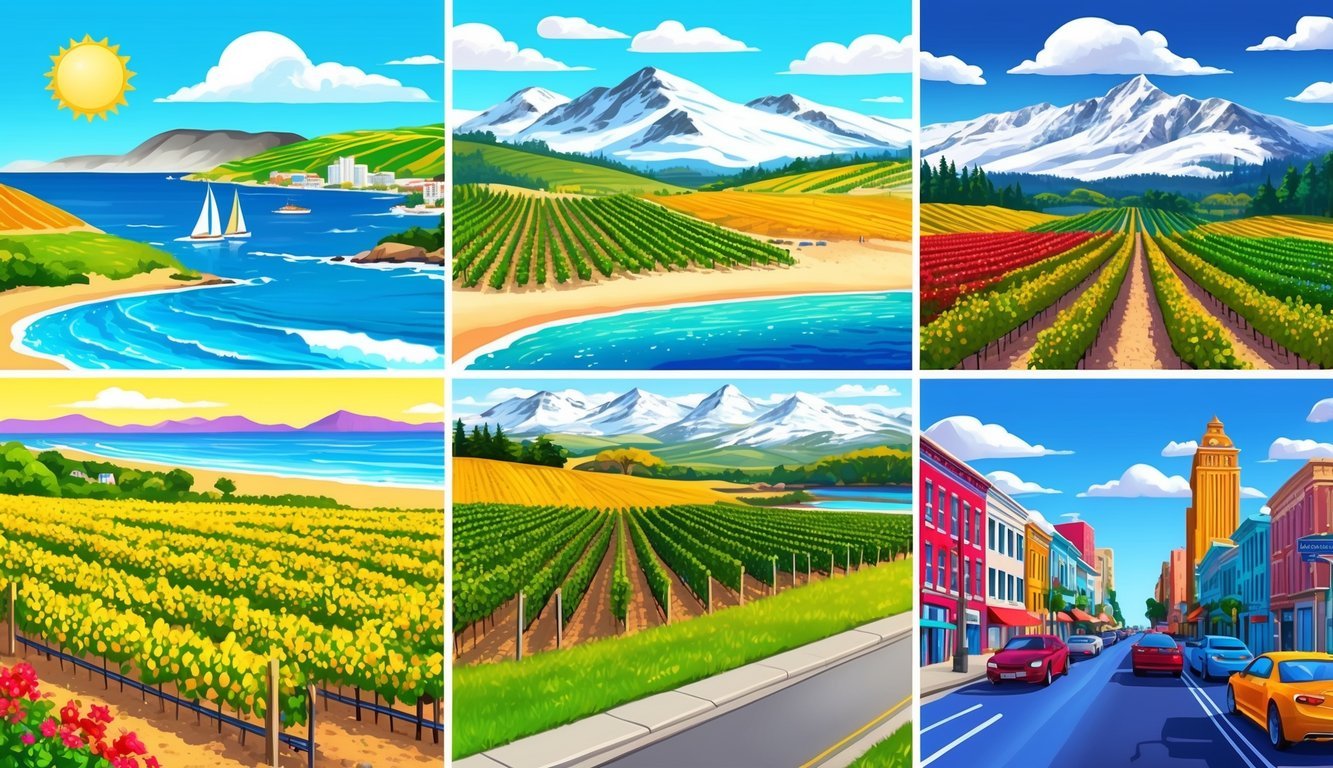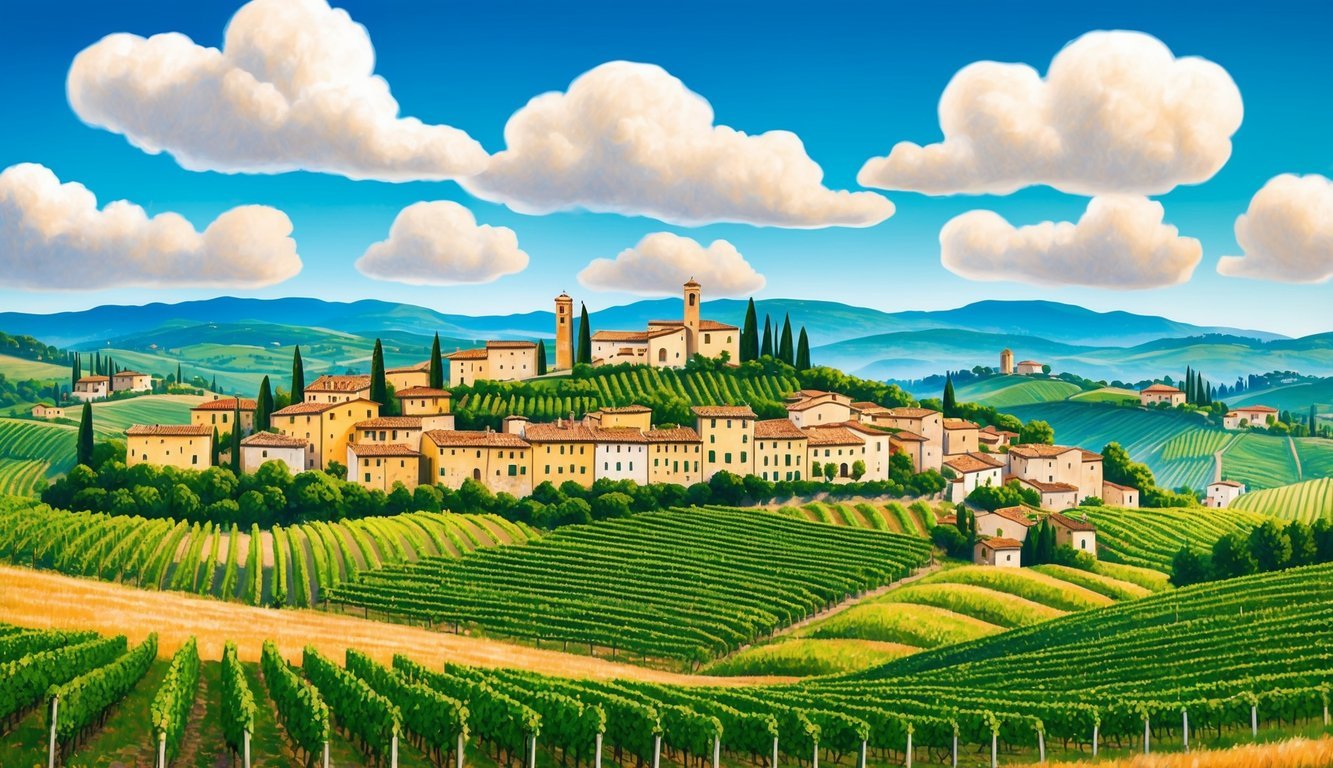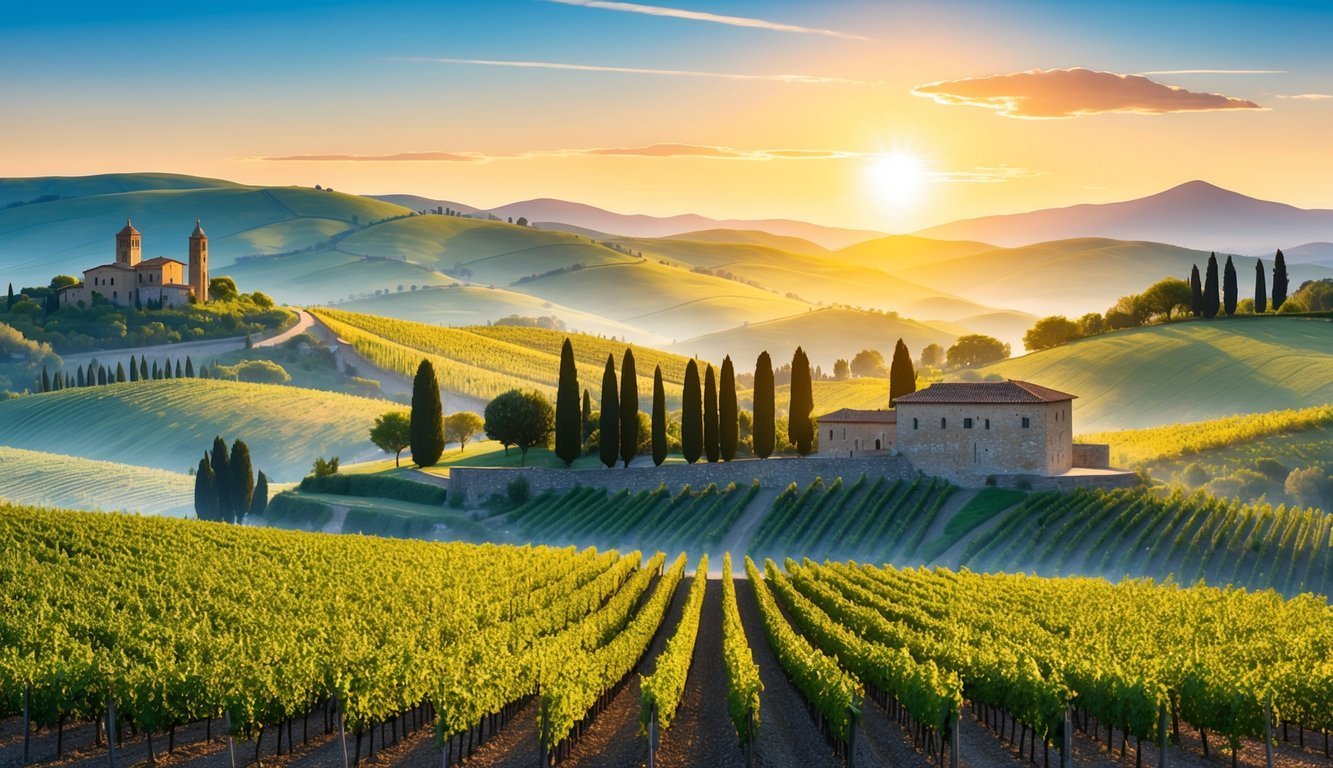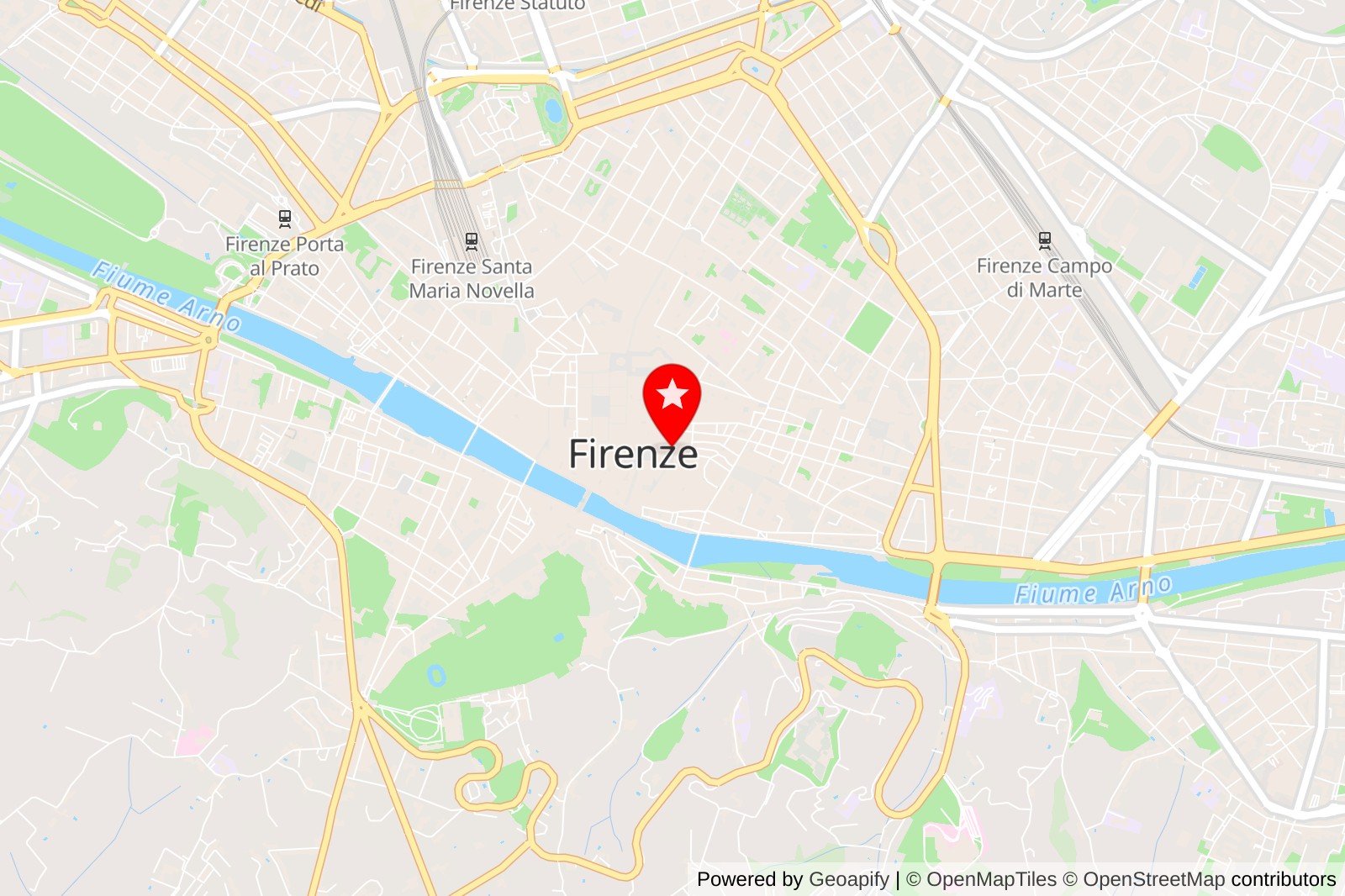When planning your trip to Italy, knowing the best times to visit can make a huge difference in your experience.
Each season offers unique weather patterns and cultural events that can enhance your journey. Understanding these ideal weather windows can help you enjoy the sights and activities Italy has to offer without the hassle of extreme temperatures or big crowds.
From the sun-drenched beaches of summer to the vibrant autumn leaves, Italy has diverse climates that cater to different preferences.
By choosing the right time to travel, you can explore iconic cities, picturesque landscapes, and indulge in local flavors.
Keep reading to discover the six ideal weather windows for visiting this beautiful country.
1) Florence
Florence is a city rich in art and history.
It’s known for stunning architecture and beautiful landscapes.
Walking through the streets, you can see incredible buildings like the Florence Cathedral, also called the Duomo.
The best time to visit Florence is during the spring and fall.
The weather is mild, making it perfect for exploring.
You can enjoy outdoor cafes, museums, and parks without the summer crowds.
Summer is warm in Florence, and the city can get busy with tourists.
If you don’t mind the heat, you’ll find lots of activities.
Winter is cooler but a great time for fewer crowds and unique holiday celebrations.
Whenever you visit, don’t forget to sample the local food.
From pizzas to gelato, Florence has delicious options that reflect its Italian roots.
Rating: 4.7 (214 reviews)
Location: Metropolitan City of Florence, Italy
Contact: N/A
Website: N/A
Understanding Italy’s Climate

Italy’s climate is diverse, influenced by its geography and proximity to the Mediterranean Sea.
This section breaks down the regional weather variations and how the Mediterranean Sea shapes the overall climate.
Regional Weather Variations
Italy’s weather is not one-size-fits-all.
Different regions experience unique climates.
-
Northern Italy: Expect cold winters and warm summers. Cities like Milan and Turin can see snow and temperatures below freezing in winter.
-
Central Italy: This area, including Rome, has milder winters and hot, dry summers. Winter temperatures often range from 5-10°C (41-50°F).
-
Southern Italy: Places like Naples and Sicily enjoy a warm climate year-round, with winter temperatures in the low teens Celsius (around 50°F). Summers can be quite hot, making this region perfect for beach lovers.
Each region’s climate can significantly influence your travel plans, so consider it when choosing your travel window.
Impact of Mediterranean Sea
The Mediterranean Sea plays a key role in Italy’s climate.
It moderates temperatures, offering a pleasant weather experience.
-
Coastal Areas: Cities like Venice and Florence benefit from milder winters and cooler summers thanks to breezes from the sea.
-
Humidity Levels: The sea contributes to higher humidity, especially in summer. This can make hot days feel warmer, so be prepared with lightweight clothing.
-
Rainfall Patterns: Coastal areas can expect more rain in the fall and spring. This pattern affects activities you might plan, from beach time to sightseeing.
Understanding how the Mediterranean influences weather can help you plan for the best time to enjoy Italy’s rich culture and beautiful landscapes.
Best Times to Experience Local Culture

Italy is rich in cultural experiences, especially during its vibrant festivals and events.
Connecting with locals during these times can deepen your understanding of Italian traditions and way of life.
Traveling during off-peak times also helps you enjoy a more authentic experience.
Festivals and Events
Italy is famous for its lively festivals.
For example, the Venice Carnival in February is a spectacle of masks, parades, and parties.
It provides an opportunity to immerse yourself in centuries-old traditions.
In the summer, Palio di Siena in July and August features thrilling horse races in the heart of the city.
This event showcases intense local pride, and tourists can witness traditions that date back to the 17th century.
Additionally, harvest festivals in the fall, like Tartufo Bianco in Alba, celebrate the truffle season with local food, wine, and entertainment.
Participating in these festivals lets you enjoy local cuisine and meet friendly locals.
Off-Peak Travel Benefits
Traveling during off-peak times, like late fall or early spring, offers unique benefits.
You’ll avoid large crowds, allowing for a more relaxed experience while exploring small towns and local markets.
With fewer tourists, you can engage more deeply with the locals.
Shop owners, restaurant staff, and residents have more time to share their stories and recommendations, enhancing your visit.
Many cities also have special events during these quieter months.
For example, in November, many towns celebrate local artisanal products.
This makes it easier to find authentic souvenirs and experience the local lifestyle at a leisurely pace.
Frequently Asked Questions

When planning your trip to Italy, you might have a few common questions.
Understanding the best times for budget deals, touring with fewer crowds, and what to expect from the weather can make your visit more enjoyable.
When’s the sweet spot for scoring budget-friendly deals on Italy trips?
If you want to save money, consider traveling in November or February.
These months usually have cheaper rates and fewer tourists, making your experience more enjoyable and less crowded.
Which month usually sees fewer tourists milling around in Italy?
January is often the least crowded month to visit Italy.
Many people avoid travel during the winter, so you can explore famous places like Florence with more peace and space.
What’s typically the chilliest time of year to explore Italy?
December and January tend to be the coldest months in Italy.
While northern regions can get quite chilly, southern areas remain milder, though you may still need a warm jacket.
Which months are known for having the best weather for touring Italy?
For the best weather, consider visiting in April, May, September, or October.
During these months, temperatures are generally pleasant, making it ideal for sightseeing and outdoor activities.
What’s the weather like hanging out in Italy during April?
April in Italy is typically mild, with temperatures ranging from cool to warm.
You might see some rainy days, but overall, it’s a nice time to enjoy the outdoors and see the blooming spring flowers.
When can I expect to need an umbrella most while in Italy?
In Italy, the wettest months are November and December.
You can expect more rain during this time.
If you’re visiting during this time, it’s a good idea to pack an umbrella or a waterproof jacket to stay dry.


